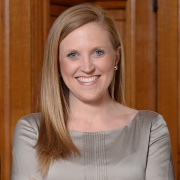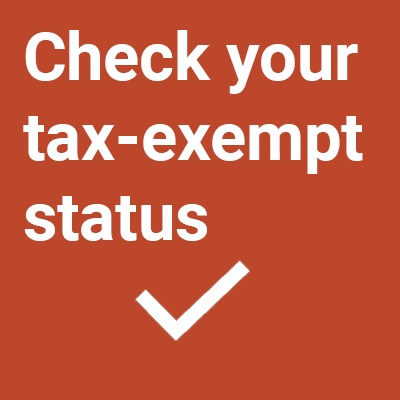Good governance is the cornerstone of nonprofit effectiveness. To get there, organizations need board members and trustees who understand – and embrace – their roles and responsibilities. (The Community Foundation of Greater Des Moines just launched a video series that can help.)
As nonprofit boards diversify with new generations of leaders and a broader representation of the people they serve, we are presented fresh opportunities to educate and engage. Building a dynamic board is a partnership between the organization’s staff and existing leadership. And it starts with honest conversations.
Curiosity vs. Assumptions
In the same way you’d want a prospective board member to be curious about your organization, it can help to understand their background.
These community leaders bring a variety of experiences to the table. They may have in-depth exposure to the sector; perhaps they took a service-learning course as part of their college experience or volunteered as a member of a national service program. They may represent the community your organization serves or come from direct service and bring a critical understanding of client needs. This may be their first time serving as a board member, and they may not know what they don’t know. Or, they could have experience governing an organization at an entirely different “life cycle” and expect to be involved in activities that don’t quite align with your expectations or needs.
Ask questions about how those experiences shaped their connection to your organization’s mission and value to the community. Center the conversation around their motivating “why” and what they hope to bring to the table, in terms of serving as a doer, door-opener and donor for the organization. Harness their energy and enthusiasm and help them channel it into specific, strategy-aligned actions early on.
Rethink Orientation
If orientation starts and ends with a quick site tour and run-through of the board handbook, you’re missing out on opportunities for deeper discovery and more lasting learning to build an ambassador for your organization.
Onboarding an effective board member is a process that extends beyond his or her first year of service, leveraging a mix of paper learning (reading minutes, policies and procedures), experiences (participating in committee meetings) and observations (such as shadowing a donor meeting). You may consider assigning a more seasoned member to serve as a mentor who will help answer questions as they come.
Shaping ambassadors for your cause requires inviting them to memorable moments where they can witness the impact of your organization. Those moments turn into stories that inspire donors and volunteers and they rarely happen during monthly board meetings. Make sure new board members have opportunities to connect with staff and see the mission in action. And encourage them to share what they’re learning along the way.
Describe their duties
Diving straight into the three duties of board member responsibility (Duty of Care, Duty of Loyalty, Duty of Obedience) might make new board members look like a deer in headlights. Guidance around how governance plays out doesn’t have to be overwhelming. Taking time to review the organization’s conflict of interest policy, assigning a board member as a “mission minder,” creating mentoring relationships for board members unfamiliar with reading financial statements are all tactics to consider. Your organization might also develop ways for board members to comfortably ask or submit questions, as you build an internal culture of trust and respect.
Reflect & Assess
Reflection isn’t reserved solely for the strategic planning process. Incorporating a standing, brief executive session (time for just board members with no staff present) into each meeting agenda is one approach a board can take to address how they are supporting the organization’s key staff for successful management. And annual self-assessment on behalf of the board is just as important as a review of the executive director. Times for reflection and assessment are helpful opportunities to celebrate growth and learning and “bless and release” board members who aren’t able to meet expectations.
Looking for a tool to engage effective board members? The Community Foundation of Greater Des Moines has four short illustrated videos covering learning, commitment, governance and fiduciary responsibilities. Each features an accompanying worksheet. Use them together to spur reflection and conversation around the ways individual board members live out their commitment to your cause. To access these online tools, visit https://www.desmoinesfoundation.org/nonprofit-resources/trainings.
Empowering your board members to fully embrace their roles will strengthen your organization and bolster our sector to better serve our communities.



